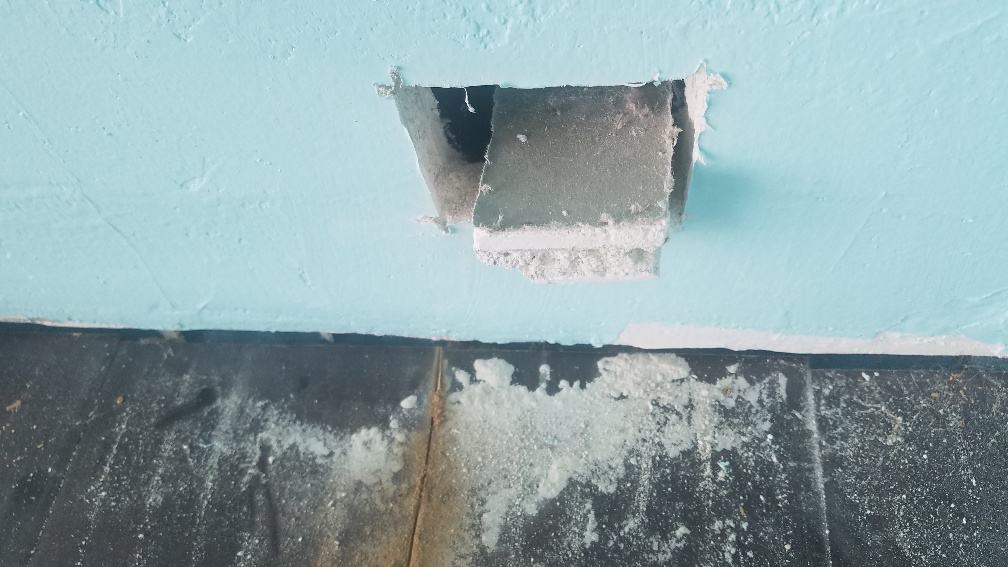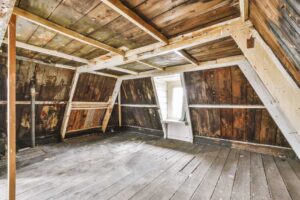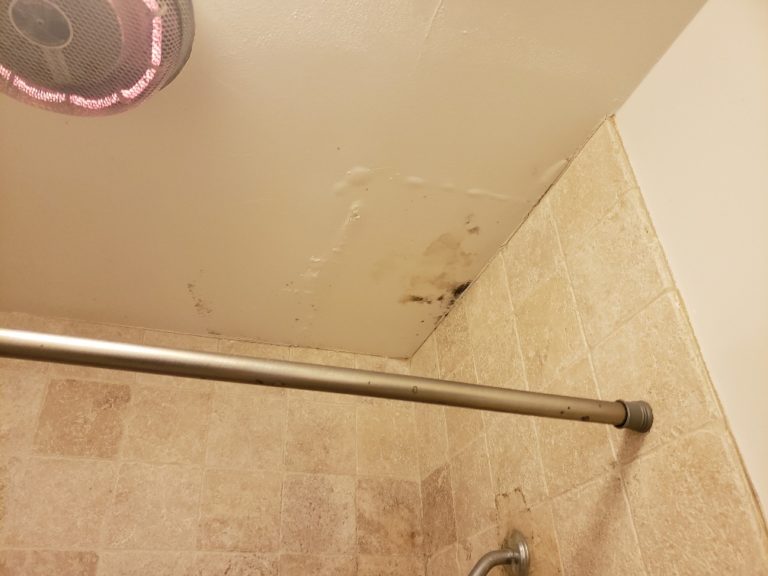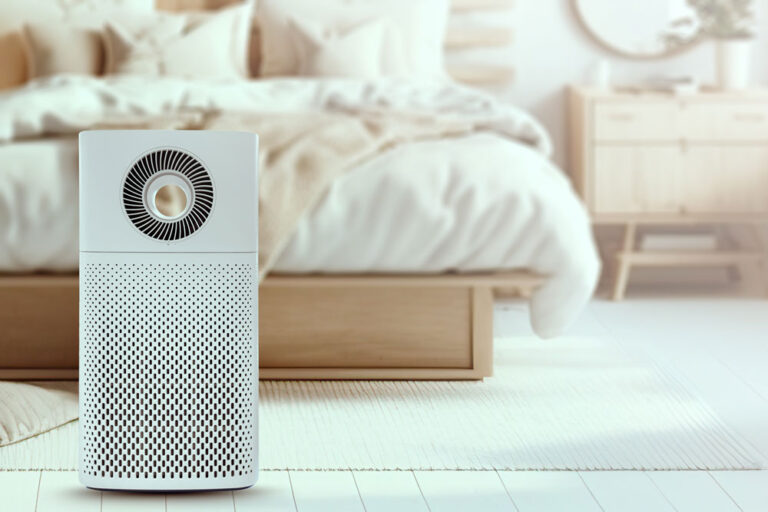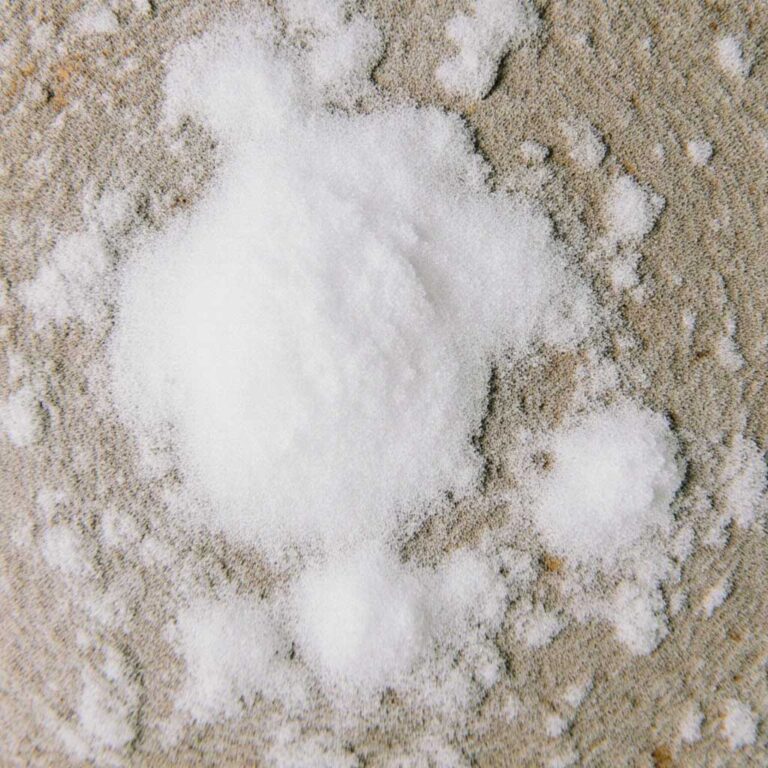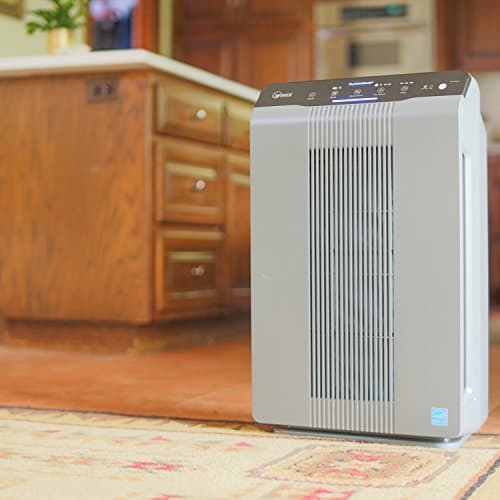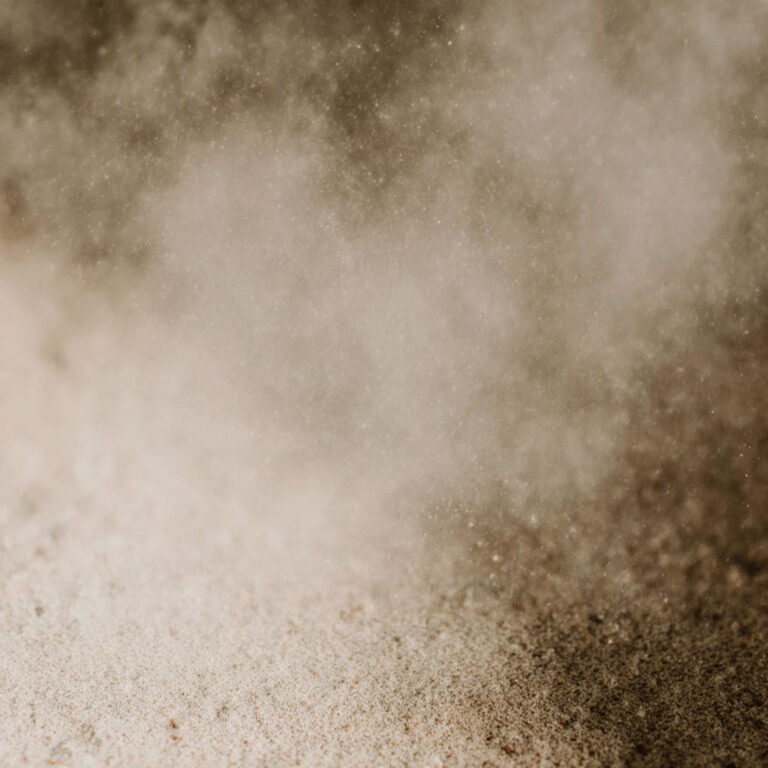These days, it seems that you can’t go for more than a few weeks without hearing about black mold, mold and mildew in homes, and all the dangers associated with it. Despite this constant stream of information, many articles – often appearing in general home or lifestyle publications – fail to provide sufficient details or information about the topic.
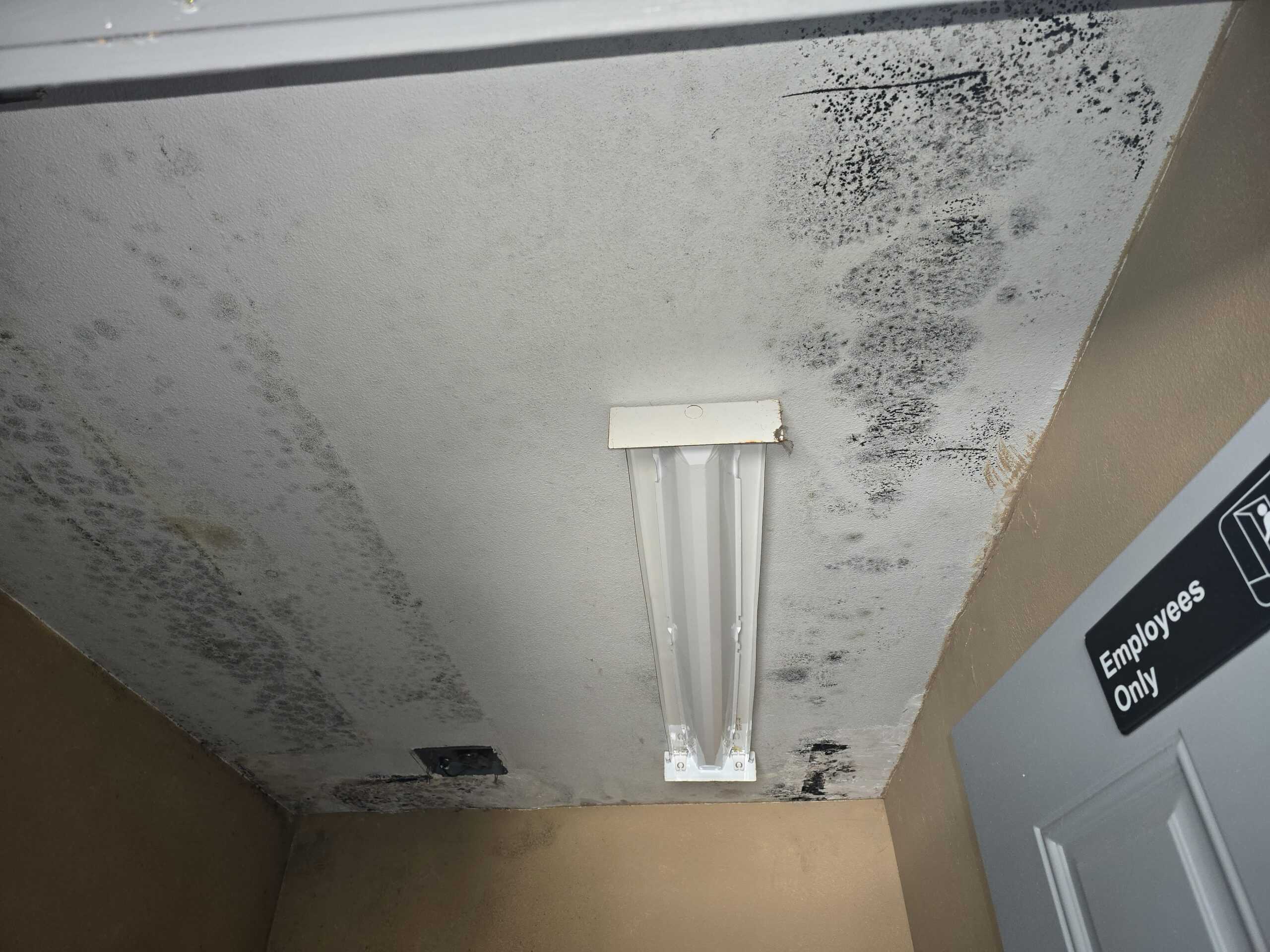
Sensationalizing mold
They sensationalize the threat, without telling you the true risks, symptoms of mold exposure you need to be aware of, how to test for black mold (or any other kind of mold), and what treatment and remediation options are the best choice. In fact, they may only focus on “black mold”, leading most people to believe the only kind of mold to worry about is that which looks black, which is patently untrue.
Poor information
Because of all this limited or cursory information, many members of the public may only be taking half measures in monitoring and managing potential mold and mildew in their home.
Likewise, they may mistakenly believe that any mold or mildew in their home does not present any kind of health risk, because it is not a characteristic black color. Even basic advice and information like knowing how to detect mold, how to kill mold spores, and the proper way to clean mold and mildew from your home may be lacking, or not touched on at all!
So, let’s cut through some of the noise, and tackle the topic of mold, mold exposure, and health concerns head-on, with real, fact-based, comprehensive information from experts. To do that, we need to start at the beginning, asking a basic question: what is mold, anyway?
What is Mold, anyway?
At a fundamental level, mold is made up of little spores, which float on the breeze or air currents inside and outside a home, and take root on a surface, forming a colony. Mold is a fungus, one of several classes of microbes (along with bacteria, viruses, parasites, prions, and similar) which can be innocuous, or can cause significant harm to living things.
Mold and fungi
Most people think of fungi as mushrooms growing in a forest, and while they are absolutely a type of fungi, they can be thought of as a “macroscopic” example – large, coherent organisms.
Mold, on the other hand, is a microscopic example, where colonies of spores grow and reproduce into patches of mold, which may be very short in height (a few millimeters), and only as wide as a pencil is thin. Many, many colonies can grow in proximity to one another, and may even merge to effectively look like one large colony, diffused over a large space.
When it comes to mold, most people’s experiences often pop up in the context of mold spores growing into colonies on old food – bread that’s been kept around for too long, cheese that’s past its prime, and so on. This isn’t very different from the mold that can grow within your home, other than that it often is made up of different species or types of mold spores.
Mold toxicity
Mold growing on food doesn’t usually present a major health hazard (unless you eat it – and even then, some mold is harmless, for example blue cheese, or even helpful, like penicillin), but the kinds of mold spores that can grow in a moist, warm environment inside the home, in walls, under floors, in ceilings, etc. has a much higher propensity to cause health problems.
Are Mildew and Mold the Same Thing?
Another common question which can lead to many misconceptions is whether mildew and mold are the same thing, or something entirely different. They have different names, so, logically, most people would think they are two distinct and different things.
Mildew is simply the familiar name given to certain species, classes, or types of molds – often, those that appear white in color – whereas the term “mold” is used for all other colors and types of molds.
It should be noted, however, that color of mold or mildew is not necessarily an indicator of whether it is safe, unhealthy, or should be called mold or mildew. Many people use these terms interchangeably or generically. Likewise, most mildew is relatively flat, whereas the filaments and colonies of mold can grow significantly perpendicular to the surface, with filaments and outgrowths. This, too, is not a universal truth however. Therefore, the confusion is understandable.
So, in essence, mildew is a type of mold, and all mildews are molds, but all molds are not referred to as mildew. For our purposes, we’re going to mostly stick with the term mold in the balance of this guide, or mention mold and mildew together, to avoid adding to the confusion by singling out mildew as something different, which it generally isn’t.
Why is Mold Harmful?
It’s important to stress that not all mold is harmful. However, it’s virtually impossible to determine what types of molds and mildew are growing on a surface or in your home simply by sight, smell, or other easily-ascertained characteristics.
Despite the furor that you’ll see in popular media over black mold, many harmful molds may not be black in color at all! This is not a guide to identifying harmful mold, however, but rather focuses on the health problems that harmful molds can cause, and what you can then do about them.
Mold is somewhat different from other pathogens that cause human illness. Viruses entering the body use the body’s cells to reproduce. Bacteria may divide and reproduce due to the hospitable environment in the body. Parasites rely on the nutrients available in the body, or directly ingested by the host, to grow and, in some cases, reproduce.
But mold does not generally reproduce in the same way. It can grow colonies in the lungs, ears, or sinuses in some cases, but that is not the primary way in which it is a threat to your health.
So how is mold harmful – how does it cause physical symptoms in people?
It’s important to remember that mold is a fungus, and its spores – which it uses to spread and grow – are microscopic. Though you will often only see mold when a colony is growing on a surface or food source, mold spores are often all around you – in the air outside and inside, being ingested as you breathe.
Normally, in a mold-free home, office, or building, the number of spores being ingested are negligible – quite small, and destroyed in the mouth, ears, nose, lungs, etc. by the body’s defenses. When a mildew or mold infestation is present, however, the concentration can increase several hundred or thousand-fold.
This results in two pathways for causing harm in the body.
First, it can trigger, aggravate or exacerbate existing health problems, as the immune system seeks to neutralize the progressively increasing number of spores in the body. Breathing, sinus, and allergic or immune-induced reactions are common from this vector.
Second, many molds give off byproducts, technically metabolites as they “eat” organic material and grow, which are known as mycotoxins. These, too, can be airborne or exist on the mold colony surfaces, and have a range of potential effects, depending on the species of mold.
Some mycotoxins trigger respiratory and related problems, occasionally severe, as this is the primary route of attack (inhalation) from mold and mildew growing in the home.
By contrast, mycotoxins on food that is ingested can cause more serious systemic problems, as it is absorbed through the digestive processes and can travel throughout the body. At least in that respect, airborne-ingested spores and mycotoxins are slightly less concerning (but still a serious cause for concern) in terms of health outcomes.
What are the Effects and Symptoms of Mold Exposure?
Before we discuss the effects and symptoms of mold exposure that are most common, it’s critical to stress that every person is unique. Each person’s symptoms and responses to mold exposure are somewhat unique as well.
What may trigger serious respiratory symptoms or allergies in one individual may hardly cause the sniffles in another. With so many different species of mold, and individual exposure and sensitivities, there’s a great variability in human health effects and response.
Despite that disclaimer, there are some common symptoms and health effects that can be seen from most typical home and office mold exposures. These are more common in people with pre-existing health conditions, respiratory problems, asthma, compromised immune systems, and so on, including the elderly and young children. In general, the most common health effects and mold exposure symptoms that you can develop include:
Respiratory Symptoms
Common respiratory mold exposure symptoms include:
- Coughing – Persistent coughing can indicate the presence of mold in the environment, particularly if it intensifies in specific settings or times of day.
- Wheezing – Difficulty breathing accompanied by a whistling sound suggests respiratory distress, potentially triggered by mold spores irritating the airways.
- Shortness of breath – Mold particles can inflame the respiratory tract, causing difficulty in breathing, which might be more pronounced if you have pre-existing respiratory conditions.
Nasal and Sinus Symptoms
Nasal and sinus symptoms of mold exposure include:
- Congestion – Mold exposure often leads to nasal congestion, making it challenging to breathe through the nose comfortably.
- Runny or stuffy nose – Excessive mucus production or nasal blockage may occur as a response to mold exposure, contributing to discomfort and difficulty in breathing.
- Sinus headaches – Inflammation of the sinus cavities due to mold exposure can result in pressure and pain, commonly experienced as sinus headaches.
Skin Symptoms
Toxic mold exposure may also manifest on your skin. Symptoms include:
- Rash or irritation – Direct contact with mold or mold-infested surfaces can cause skin irritation, resulting in rashes, redness, or other forms of dermatological discomfort.
- Itchy eyes, nose, and throat – Irritation of the mucous membranes in these areas can lead to itching, redness, and discomfort, often accompanied by sneezing or throat irritation.
Other Symptoms
Other mold exposure symptoms include:
- Fatigue – Mold exposure may contribute to feelings of fatigue and overall malaise, impacting your daily energy levels and productivity.
- Headaches – Recurrent headaches, sometimes described as tension headaches, may occur because of inflammation triggered by mold exposure.
- Difficulty Concentrating – Cognitive function can be impaired because of the body’s immune response to mold exposure, leading to difficulties in concentration and memory retention.
Prolonged Mold Exposure Symptoms
While short-term exposure to mold may cause mild symptoms in some individuals, prolonged exposure can lead to more severe health risks. Here are some symptoms commonly associated with prolonged mold exposure:
- Chronic cough – Prolonged exposure to mold spores can lead to persistent coughing that does not resolve with typical remedies. This cough may become more frequent and severe over time.
- Asthma exacerbation – If you suffer from asthma, you may experience worsening symptoms, including increased frequency and severity of asthma attacks, as mold exposure continues.
- Bronchitis – Prolonged exposure to mold can irritate the airways, leading to recurrent bouts of bronchitis characterized by inflammation and excessive mucus production.
- Chronic sinusitis – Mold exposure can contribute to chronic inflammation of the sinuses, resulting in long-term sinus congestion, pressure, and pain.
- Nasal polyps – Prolonged mold exposure may lead to the development of nasal polyps, noncancerous growths in the nasal passages that can cause breathing difficulties and loss of smell.
- Dermatitis – Prolonged skin contact with mold or mold-infested materials can result in chronic dermatitis characterized by redness, itching, and inflammation of the skin.
- Fungal infections – Mold exposure can weaken the skin’s natural defenses, increasing the risk of fungal infections such as athlete’s foot or toenail fungus, especially in moist environments.
Can Mold Kill You?
The bottom-line question that many people ask related to mold exposure is, “Can mold kill you?” It is certainly possible, but is rare, and only likely if you have pre-existing health conditions or serious chronic exposure. In the meantime, however, it can make you feel awful, ill, have trouble breathing, allergy symptoms, and so on – none of which are ideal.
These symptoms tend to disproportionately impact the elderly and young children to a greater degree than otherwise healthy adults. That’s why it’s so important to identify mold in your home, seek inspection and analysis who know how to detect mold, and then contract for remediation, to remove the hazard of mold and mildew.
How Can You Test for Mold in Your Home?
Testing and ascertaining mold exposure involves a combination of methods to ascertain the presence and severity of mold contamination. These methods include:
Visual Inspection
If you suspect a mold infestation in your home, the first thing you should do is undertake a preliminary inspection yourself. Look for signs of mold growth, especially in areas that have a high humidity (basements, attics, and bathrooms are most common).
Just because you don’t see any visible mold or mildew growth does not mean it’s not growing behind walls, under sinks or counters, or elsewhere, either. Don’t fall into the trap of many consumers, who only concern themselves with black mold, searching for things like, “how to test for black mold” online.
Any mold or mildew can be harmful, and it’s impossible – even with over-the-counter kits, or kits purchased online – to properly identify what mold might be growing in your home without laboratory testing.
Mold Testing Kits
Here are some kits you can use at home to test for mold.
- Home kits – DIY mold testing kits are available online and can provide initial indications of mold presence in your home. However, these kits may not always deliver accurate results and you should use them cautiously.
- Laboratory testing – For more accurate and comprehensive analysis, you collect samples from the suspected mold-infested areas and send them to certified laboratories for detailed assessment. Laboratory tests provides detailed information, such as mold species identification and concentration levels.
Professional Inspection
After a preliminary inspection, the next step is to call a professional mold inspection company. These experts have advanced equipment and significant experience, and will not only know how to detect mold in your home, but take samples and readings for laboratory testing as well. This will help identify the types of molds that may be growing, and guide a remediation and treatment program.
Inspectors can also help suggest remediation and treatment plans, and help you to identify the root cause or sources of mold in the home. These are often things like leaky plumbing, poor air circulation, cracked or leaking foundations in basements, and similar that contribute to creating a hospitable environment for mold spores to make home and grow into colonies.
It should go without saying, but if you are experiencing mold exposure symptoms – especially trouble breathing or severe allergic symptoms, then it’s best to leave the entire thing to professionals, get out of the house as soon as possible and seek medical treatment.
Continued mold exposure when you are already having physical symptoms isn’t going to make you any better, and could make you far worse. Since you’ll need a professional to identify the extent of mold infestation and types of mold anyway, don’t delay on seeking treatment and getting to a safer environment.
Medical Tests
- You can also perform medical tests such as:
Blood tests – Allergy blood tests, including specific IgE antibody tests, can be performed to measure the body’s immune response to mold allergens, helping to determine the presence and severity of mold-related allergies. - Skin prick tests – In skin prick tests, small amounts of mold allergens are introduced to the skin through tiny pricks or scratches to evaluate allergic reactions, aiding in the diagnosis of mold allergies.
- Allergy tests – Allergists can conduct comprehensive allergy tests to identify specific mold allergens triggering symptoms, guiding targeted treatment and avoidance measures.
What Mold Treatment and Remediation Options are Available?
After the extent of a mold infestation, and the types of molds involved have been identified, a remediation plan can be developed. Some inspection companies also do mold remediation themselves, whereas others work with (or can recommend) local companies to handle the final remediation and treatment of a home for mold.
While bleach and cleaning solutions containing bleach can be used effectively to treat surface visible mold, hidden mold behind drywall, under floors, and so on can require more specialized tools, equipment, and techniques. Most mold remediation companies will also help change the factors that allowed mold growth and mold exposure in the first place.
This may include adding a dehumidifier, increasing ventilation, fixing leaky pipes, and any other related tasks that will help make your home a less-hospitable place for mold to grow. If the remediation companies don’t directly handle these tasks, they often can refer you to sub-contractors who they work with, who can do so safely and effectively.
For mold exposure and treatment of people, there are two standard courses that most medical professionals will utilize. If the primary health effects someone is exhibiting are allergic, then removing the triggers (such as removing yourself to a hotel until the mold is removed from your home), over-the-counter or prescription anti-histamines, and other allergy medications may be prescribed.
On the other hand, more severe symptoms, like trouble breathing, may require more aggressive treatments, like someone having an asthma attack or pneumonia. The second course of treatment, which is designed for patients suffering from an active fungal infection in the lungs, sinuses, or elsewhere, consists of anti-fungal medications to kill the infection. In both cases, the problems can return if the patient returns to the mold-infested environment without proper remediation to remove the mold and mildew hazards.
Black Mold Exposure Symptoms Medications
Here are some common medications provided to alleviate black mold exposure symptoms or any other kind of mold exposure.
- Antihistamines – Over-the-counter antihistamine medications can alleviate allergy symptoms, such as sneezing, itching, and nasal congestion, associated with mold exposure.
- Decongestants – Nasal decongestants, available in both oral and nasal spray forms, can provide temporary relief from nasal congestion and sinus pressure caused by mold-related inflammation.
- Nasal corticosteroids – Prescription nasal sprays containing corticosteroids are often recommended to reduce nasal inflammation and alleviate symptoms such as nasal congestion, itching, and sneezing associated with mold allergies.
- Allergy Shots (Immunotherapy) – For individuals with severe mold allergies unresponsive to other treatments, allergen immunotherapy, commonly known as allergy shots, may be recommended to desensitize the immune system and reduce allergic reactions over time.
Frequently Asked Questions about Mold Exposure
What health problems are caused by mold?
Mold exposure and the resulting health problems it may cause will vary based on individual health factors, as well as the types of molds involved in the exposure, and the length of time or amount of exposure. The most common reactions are usually constrained to the primary routes of exposure, meaning respiratory problems, allergic reactions, and fungal infections of the lungs, mouth, throat, ears, sinuses, or similar.
Allergy symptoms are by far the most common response to mold exposure, both acute and chronic. More severe mold exposure symptoms, especially respiratory symptoms, are most common in individuals who already have asthma or other respiratory problems, or a suppressed or deficient immune system.
How do you know if mold is making you sick?
The first step to determining if mold and mildew is making you sick is to determine if there is mold and mildew in your home. Whether or not you can spot mildew on visible surfaces, a professional mold inspection company can do a thorough inspection and investigation, and this is usually the best route to take.
On the one hand, if they find nothing, then you have peace of mind that your home is mold-free. On the other, if they do find mold, they can take samples and have them lab-tested, to determine the types of mold present, and help develop a treatment and remediation plan.
If you believe that mold is present in your home, and is making you sick, then it’s vital to seek out a professional mold inspection firm as your next course of action. For acute or serious illness, seek medical attention and evacuate the home until such time as remediation can be completed.
What happens if you breathe in mold spores?
Just going about your life, you breathe in mold spores all the time, as they are floating around in the air indoors and outdoors. When you have a mold infestation in your home, however, mold exposure goes up significantly. There are many more spores, in a relatively contained environment, and you breathe in far more.
Normally, breathing in spores isn’t a big deal, and most people with healthy immune systems simply fight off any ill health effects that they may cause. If enough spores make it through your body’s defenses, or your immune system is compromised, this is when a fungal infection can develop.
In addition, the mycotoxins given off by some types of molds can, in and of themselves, cause allergic reactions and health symptoms as outlined in this guide. Those, however, are caused by the products of the mold’s metabolism, consuming food and growing, rather than directly by the spores themselves.
Concluding Thoughts
If you suspect mold may be growing in your home, don’t let it continue. Acute or chronic mold exposure may trigger allergic or respiratory responses, especially in vulnerable populations, and should be treated medically either through a regular doctor visit, urgent care, or, in extreme cases, an emergency room visit.
Don’t rely on the color or other characteristics of mold in your home to tell you whether it is “safe” or not – all types of molds can be problematic. To ensure a thorough assessment and proper remediation, seek out a professional mold inspection firm.
At The Mold facts, we will provide a comprehensive evaluation of your property and guide you through the necessary steps for remediation and better health. Schedule a consultation with us today, and take the first step toward a healthier living environment.
Also read – 5 Symptoms Of Severe Household Mold Exposure


